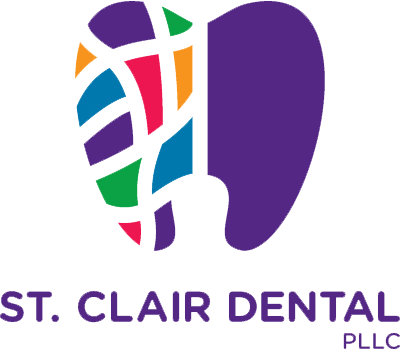When people talk about digital technology, most people start thinking of AI-based devices, robotics, and maybe the latest smartphone. But digital technology applies to more than just business infrastructure or the devices found in your home. In the field of dentistry, digital technology has been making cosmetic and restorative treatments more accessible than ever before. Dental practices these days rely on technology to keep up with the latest treatment methods, but more importantly, these forms of technology have become so crucial that it’s ultimately revolutionized the way patients experience dental care now.
How Digital Technology Has Influenced The Dental Office
Digital technology shines at the dentist in ways you’d least expect it. The computers we use today help document patient information and medical history, allowing us to scan documents and submit them to the appropriate channels for insurance approval and treatment planning. Teledentistry, which relies on digital technology, helps communicate with patients about their appointments, initial patient forms, and other treatments available to them when scheduling dental checkups. Alongside that, devices like smartphones have made it easier than ever for people to communicate with their medical providers about their treatments, insurance coverage, and other facets of their medical care.
In the office, the amount of technology used in today’s practices is even more involved. For instance, dental imaging produces images through the use of intraoral scanners. These scanners create 3D images that can view tooth structures at any angle and can be easily transferred to other healthcare professionals. Alongside this, the dentist can clearly point out problem areas and discuss treatment approaches by providing more digital means of explanation. Digital technology in these cases truly shines when attempting to set expectations for treatment outcomes and expands on concepts related to mock-ups, demonstrations, and outcome previews for restorations.
How Digital Technology Helps Patients Like You
Intraoral scanners are just one instance of how digital technology has influenced dentistry. Among these devices, 3D printers, irrigation systems, cone beam computerization, and other means all essentially improve when introduced to digital technology, and for patients, digital technology helps:
- Provide outcome previews: Scanners and other imaging devices help provide digitally generated outcomes using software, which can help provide predictable results for patients seeking cosmetic treatment.
- Clear indications of patient desires: patients can better visualize and describe their dental health goals to their professionals and have more control over the process.
- Demonstration of multiple treatment options: Dentists with the resources available can present multiple options to their patients to help them understand the treatment’s pros and cons through digital means.
- Set patient expectations: When describing treatments, digital technology helps better inform patients about the costs, predicted results, and long-term outcomes of their treatments.
Innovation is the primary area of interest when it comes to dental technology, and through the constant introduction of newer systems and methods of treatment, dentists can better predict what patient results will ultimately look like and help patients make decisions with more confidence. For the latest in dental treatment, please speak with your dentist during your appointment to learn more about how they’re working on designing and improving your treatment plan.

